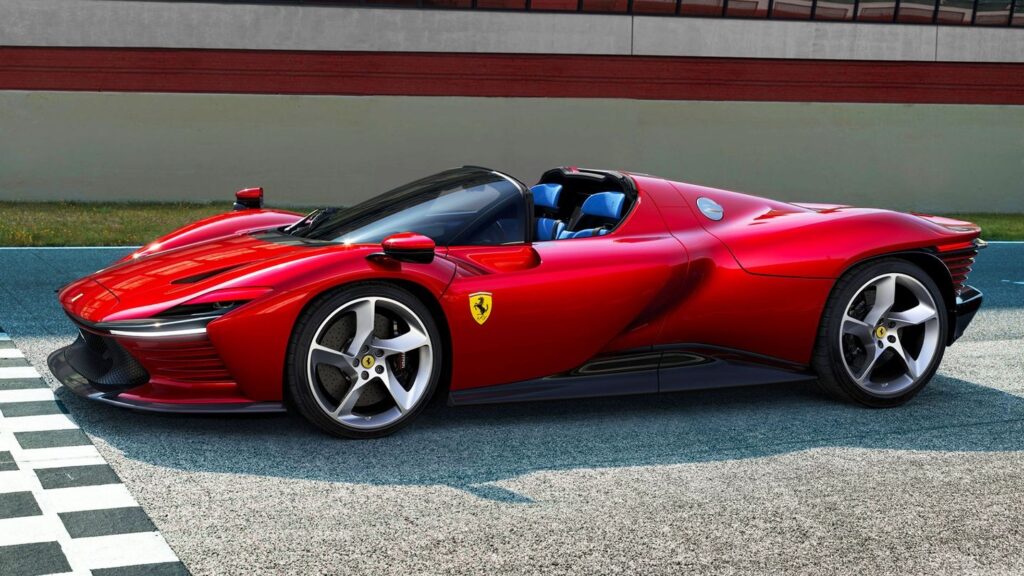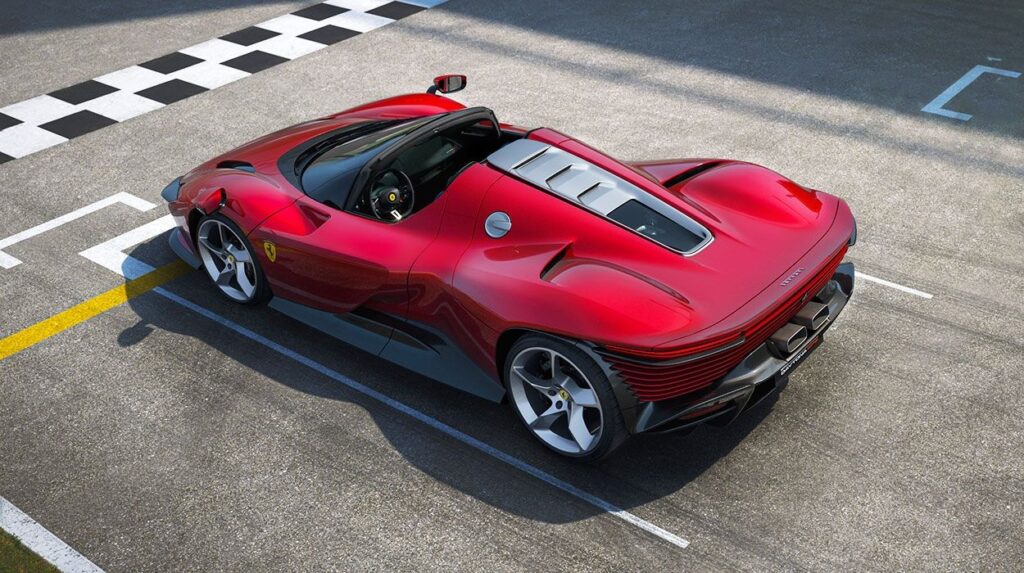Preview: Ferrari’s Underwhelming, Ugly F80 Hypercar
Ferrari’s latest hypercar, intended to be the successor to the beautiful LaFerrari, is more disappointing than exhilarating.

Ferrari is famed for their competitive manner, always trying to be no. 1; and so, when McLaren revealed their underwhelming W1 hypercar only a few weeks ago, it was fitting for Ferrari to slap back with an even more expensive, unappealing, disappointing hypercar of their own.
It’s called the F80, and it’s supposed to be the latest in the line of Ferrari halos, stringing back to the 288 GTO, F40, F50, Enzo, and 2013’s LaFerrari. All of these models come from the same spirit; taking all of Ferrari’s racing prowess, and channeling it into the ultimate, road-legal supercar; and in that limited view, the F80 is a success.
Namely, this is the most racing-influenced production Ferrari since the F50, taking direct influences from both their F1 car, but even more so, from their 499P LeMans winning race-car. Whereas previous halo cars have been powered by V8s and V12s, this uses a powertrain closely based on the 499s; an 888 horsepower V6, paired to two e-turbos — turbos with electric motors in them — along with two electric motors on the front axle, and another on the rear. Altogether, it produces 1,184 peak horsepower, and weighs 3,362 pounds. Or, to put it another way, it’s less powerful than the McLaren W1, weighs more, and uses a V6 instead of a V8; let alone the magnificent V12 of the LaFerrari.
The performance here is suitably rapid though, hitting 60 miles an hour in 2.15 seconds, 124 miles an hour in 5.75 seconds, before capping out at 217 miles per hour. The acceleration advantage of the W1 comes down to the F80’s four-wheel drive system, coupled to its aerodynamics, as the car is positively covered in wings and splitters, which move for maximum suction to the road. Again though, none of this is a dramatic improvement over previous models, and one of the only ways it does stand out is in how much a mess the design is.
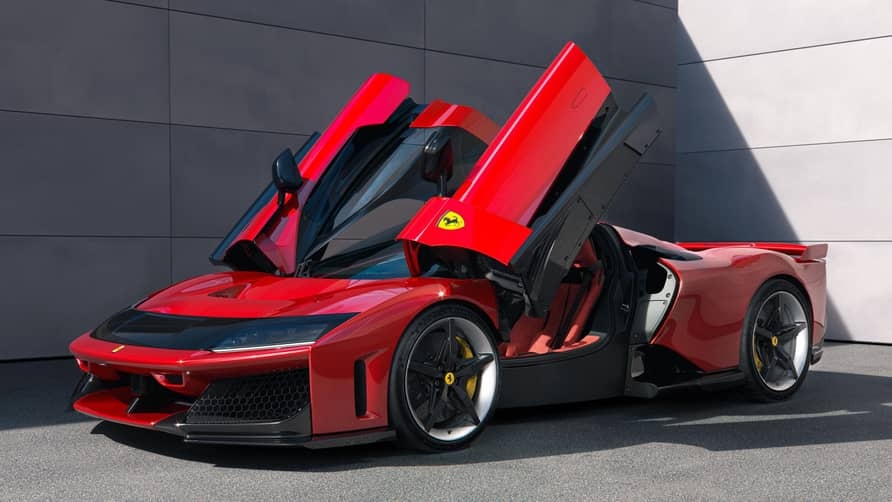
There’s a good concept here, taking influence both from racing design principles, and how those were applied to the F40 and F50. Where Ferrari’s most beautiful new models have been curvy and natural, the F80 has many straight lines; be this the flat sides at the front and rear, straight shoulder line, vertical side vent, or the very rectangular top-view, courtesy of the wide side skirts. From this, you get a classic front-leaning bubble cockpit, and pronounced arches for the wheels. In profile, it’s a successful design; but then you look at the front and rear.
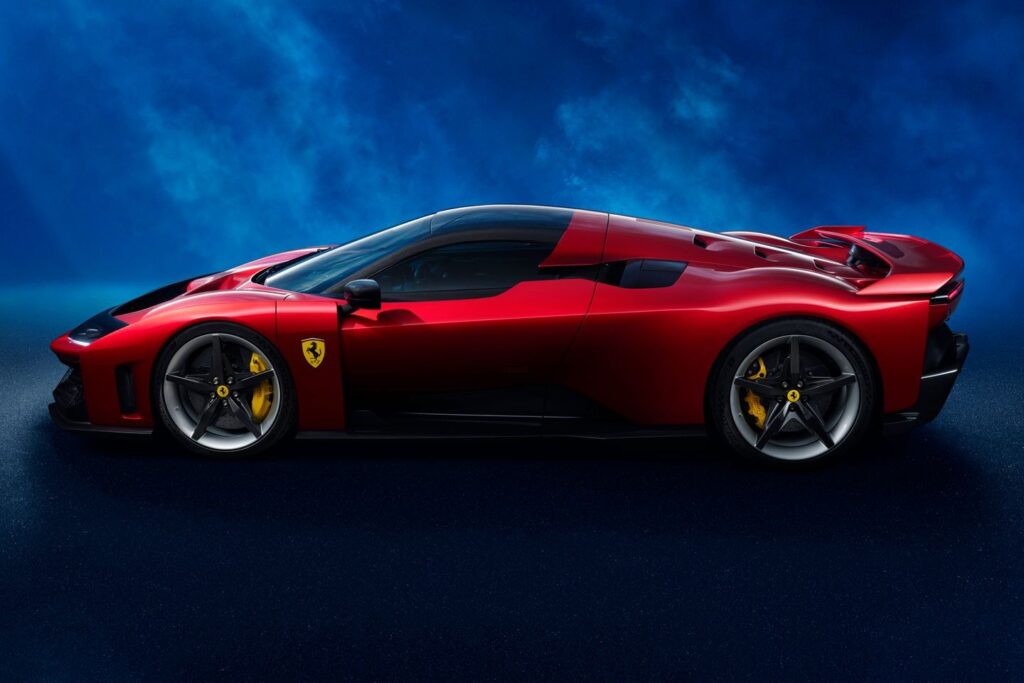
Much attention will be paid to the black bar over the headlights, inspired by the classic Daytona, and also used on their 12Cilindri GT, but arguably this is the most successful detail on the front, as everything else fails. The hood is too flat, the lower grill elements are a heinous mess of function without concern from form, and the lights are thrown on without looking styled. Famously, the Lamborghini Diablo used headlights from a Nissan 300SX and tail lights from a Volvo truck; and those looked less off the shelf and lazy than these headlights.
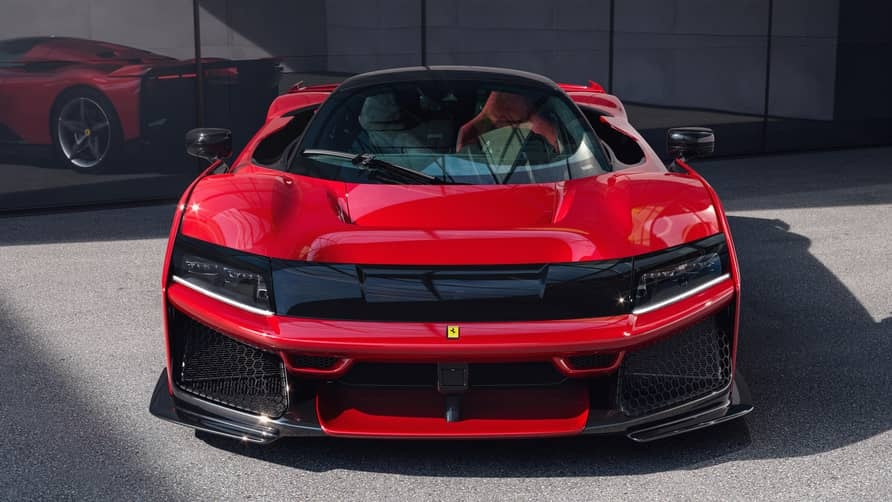
The rear is more interesting at least, but still a total flop. The naca-duct inspired engine intakes messy the otherwise neat exposed-carbon contrast of the canopy; the louvres on the engine break up and overcomplicate the rear clamshell; and then there are yet another pair of large intakes by the spoiler. I always thought that the F50 was a somewhat messy, unresolved car but it’s elegant by comparison. This is all finished off with bland tail lights, and a poorly placed oversized single exhaust, though at least the massive active wing has some life to it. Altogether, it looks like a Ferrari from the Lego Speed Champion sets; or a knock-off in Grand Theft Auto.
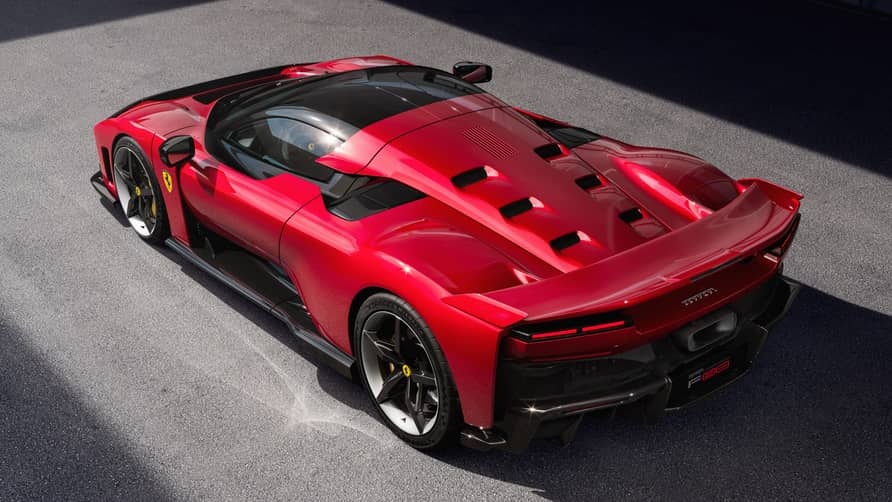
Ferrari F80 rear. Courtesy of Ferrari
Ferrari says that all this styling comes from function — and that there’s “beauty in truth,” according to their PR statements — but beautiful styling didn’t make the LaFerrari any slower. Fundamentally, the F80 is the ultimate poser car. Ferrari wants you to believe that this is a thoroughbred racecar, made for the road; but emphasized in their presentation that the car is very “drivable,” with a comfortable suspension setting for touring drives. Or, realistically, for cruising around Nightsbridge at night, going at 10 miles an hour.
They didn’t need to go for the Alcantara covered interior, squat steering wheel, or exposed bolts on the dash; they did it so it would look and “feel” more like a racecar, but it isn’t one. Perhaps the worst offender of this is the “1+ cab configuration,” which is Ferrari speak for “we used a contrast color on the seat and center console so that the driver stands out.” Like most modern hypercars, each car will be built custom for the driver’s seating position, but this isn’t uniquely “driver-centric;” it’s just a normal two seat layout, with an over-the-top name.
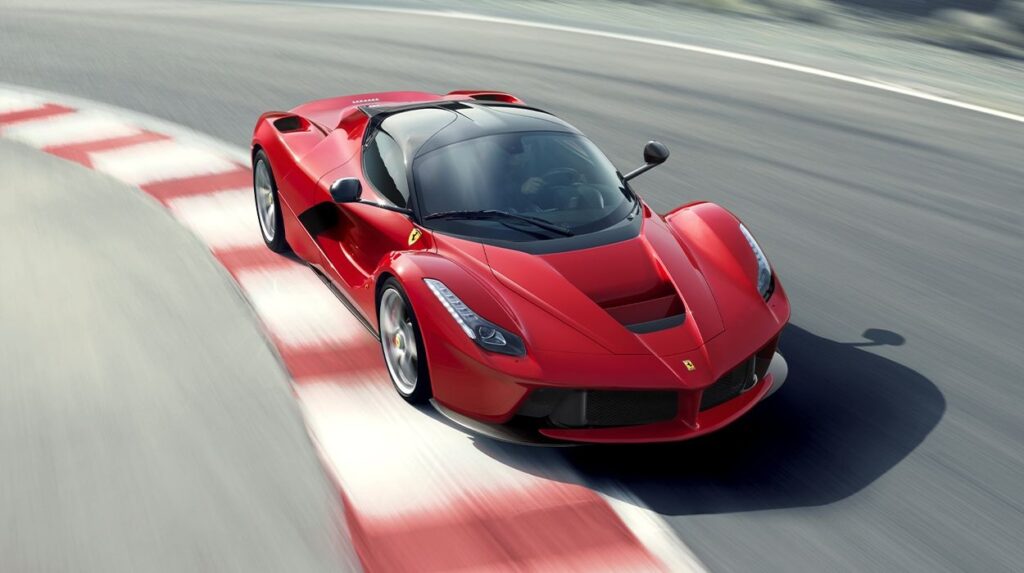
All in all, it’s just a profoundly uninspiring, disappointing car, from a company that should do better. The LaFerrari is eleven years old, but looks like it could have come out today, and still will in ten years time; whereas the F80 looks dated and underwhelming already, and it was only announced this morning, and won’t hit customers in 2026. They’re making 799 of them, at $4 million each, and they’re all sold out.
My expectation is that car fans will largely ignore this car, and view the Daytona SP3 as the true successor to the LaFerrari, Enzo, and so forth. Released as part of their limited “Icona” series in 2022, the Daytona SP3 is more limited — at only 599 units — looks better, is rear wheel drive, is a targa top, and has no hybrid system or turbos, relying instead on Ferrari’s beloved naturally aspirated 6.5 liter V12.
